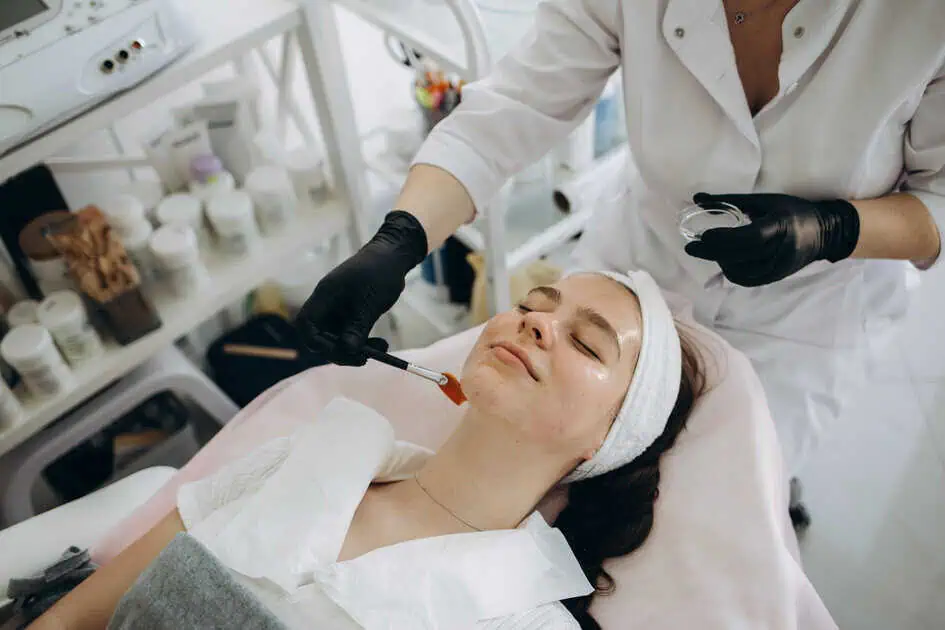

Skin is the body’s largest organ, and it’s exposed to various elements daily, making it susceptible to a wide range of irregularities. Skin irregularities can affect appearance and self-confidence, from minor blemishes to more complex conditions. This post will explore what skin irregularities are, the common types, and how they can be effectively treated.
Skin Irregularities refer to any abnormality or change in the skin’s appearance or textural irregularities skin. Various factors, including genetics, aging, environmental exposure, and underlying health conditions can cause them. While some skin irregularities are purely cosmetic, others may require medical attention.
Several factors contribute to the development of skin irregularities. Aging is a significant factor, as the skin loses its elasticity to regenerate quickly. Sun exposure can lead to sunspots and other hyperpigmentation, while hormonal changes may result in acne or melasma. Certain skin conditions like eczema or psoriasis can also cause noticeable skin irregularities.
Understanding the different types of skin irregularities is crucial in determining the most appropriate treatment.
Hyperpigmentation occurs when patches of skin become darker than the area. This can be due to excess melanin production, sun exposure, or inflammation. Conditions like melasma, age spots, and post-inflammatory hyperpigmentation fall under this category.
Skin tags are small, benign growths that often appear in parts where the skin folds, such as the neck, armpits, or groin. Conversely, moles are clusters of pigmented cells that can vary in size and color. While most moles are harmless, a healthcare professional should evaluate any changes in shape, size, or color.
Broken capillaries are small, visible blood vessels close to the skin’s surface. They can be caused by sun damage, aging, or even genetics. While they’re not harmful, they can be cosmetically unappealing.
Acne scars result from inflamed blemishes caused by skin pores engorged with oil, dead skin cells, and bacteria. Pockmarks are a type of scar that results from severe acne, chickenpox, or other skin infections, leaving depressions or pits in the skin.
The good news is that numerous treatment alternatives are available for those who want to improve the appearance of their skin irregularities.
The Skin Classic treatment is a non-laser, non-invasive procedure that uses high-frequency technology to treat minor skin irregularities. This method effectively treats skin tags, cherry angiomas, hyperpigmentation, and broken capillaries. The approach is quick, with minimal discomfort and downtime, making it a good option for those seeking immediate results.
Laser treatments have become popular for addressing various skin irregularities. They work by targeting specific areas of the skin with concentrated light energy, which helps to remove or diminish the appearance of the irregularity.
Laser treatments involve directing focused light beams at the affected area, which either destroys the irregular cells or stimulates the production of new, healthy skin cells. Different types of lasers are used depending on the treated condition, such as fractional lasers for acne scars or intense pulsed light (IPL) for hyperpigmentation.
Topical treatments such as retinoids, hydroquinone, or vitamin C serums can be effective for milder skin irregularities. These products promote cell turnover, reduce pigmentation, or improve skin texture. Chemical peels are another option, which involves applying a solution to the skin that exfoliates the top layers, revealing fresher, more even-toned skin.
Microdermabrasion and dermaplaning are exfoliating treatments that remove dead skin cells and promote the growth of new skin. Microdermabrasion uses a device to gently sand the skin while dermaplaning involves scraping off the top layer of skin with a scalpel. Both treatments can improve the appearance of minor skin irregularities, such as fine lines, light scars, and uneven skin tone.
Selecting the right treatment depends on several factors, including the type and severity of your skin irregularity, skin type, and personal preferences.
When deciding on a treatment, consider the following factors:
Severity of the Irregularity: The intensity of the skin concern plays a major role in selecting the appropriate treatment. For more severe conditions, such as deep scars or pronounced pigmentation, more advanced treatments like laser therapy or microneedling may be necessary.
However, milder skin irregularities, such as minor blemishes or fine lines, might respond well to less invasive options like topical treatments, chemical peels, or procedures like Skin Classic, which offer effective results without the need for aggressive intervention.
Skin Type: Your skin type is a crucial consideration when choosing a treatment. For example, individuals with darker skin tones may need to exercise caution with laser treatments due to the increased risk of hyperpigmentation.
Similarly, certain chemical peels and procedures may be better suited for specific skin types to avoid irritation or uneven results. It’s important to consult with a professional who can tailor the treatment to your unique skin characteristics.
Downtime and Recovery: Different treatments come with varying levels of downtime. More intensive procedures like laser therapy or deep chemical peels may require days to weeks of recovery, during which time the skin needs to heal.
In contrast, less invasive options such as Skin Classic treatments or topical therapies often come with minimal downtime, allowing you to return to your routine with little to no disruption. Balancing your treatment goals with your lifestyle and recovery time is an essential part of the decision-making process.
It’s best to consult with a skincare professional to determine the most appropriate treatment for your skin irregularities. They can check your skin, discuss your goals, and give a personalized treatment plan that suits your needs.
Dealing with skin irregularities can be challenging, but with the ideal treatment, you can achieve clearer, more even-toned skin. Whether you opt for Skin Classic treatments, laser therapy, or a combination of methods, the key is to find a solution that works for you.
At Crystal Ngozi Beauty & Esthetics, we specialize in treating various skin conditions and helping you achieve the best possible results. Book an appointment today to discuss your skin concerns and explore the right treatments for you.
We also have a self-assessment test for your reference. Feel free to check it out!
We would love to hear from you! Please fill out this form and
we will get in touch with you shortly.
We would love to hear from you! Please fill out this form and
we will get in touch with you shortly.
